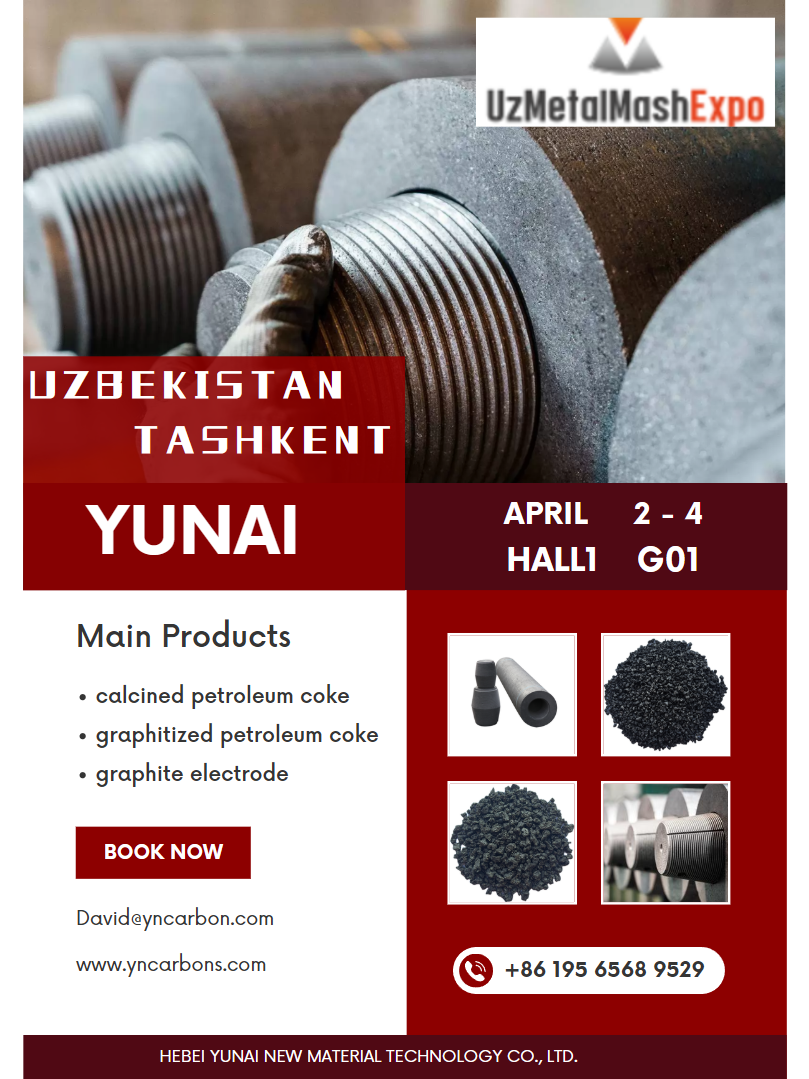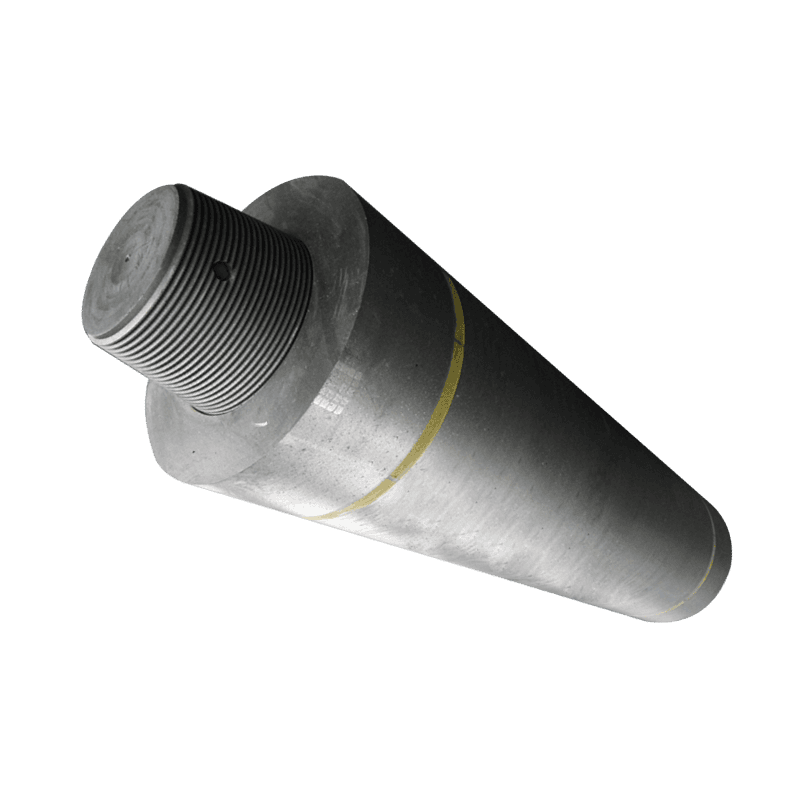Understanding Graphite Electrode with Nipples: A Key Component in Metallurgical Applications
Release Time:
Jun 17,2025
Graphite electrodes are critical components used in various metallurgical processes, particularly in electric arc furnaces (EAFs). Among the various types of graphite electrodes, those with nipples stand out due to their unique design and functionality. The "nipples" refer to the threaded connectors that facilitate the joining of two electrodes. This design feature allows for increased flexibility

Graphite electrodes are critical components used in various metallurgical processes, particularly in electric arc furnaces (EAFs). Among the various types of graphite electrodes, those with nipples stand out due to their unique design and functionality. The "nipples" refer to the threaded connectors that facilitate the joining of two electrodes. This design feature allows for increased flexibility in the assembly and maintenance of electrode stacks, which are essential for efficient furnace operation.
The primary purpose of graphite electrodes, including those with nipples, is to conduct electricity in high-temperature environments, enabling the melting of scrap steel and other materials. The high thermal and electrical conductivity of graphite makes it an ideal choice for these applications. Moreover, graphite electrodes can withstand extreme temperatures, making them resilient components in the demanding conditions of metallurgical processes.
The production of graphite electrodes with nipples involves several steps, including the selection of high-quality raw materials, such as petroleum coke and pitch. These materials undergo a series of processes, including calcination, milling, mixing, and forming, to create the final product. After forming, the electrodes undergo a baking process to improve their mechanical strength and electrical conductivity. The nipple attachment is typically done during the forming stage, ensuring a secure fit for efficient operation.
In terms of applications, graphite electrodes with nipples are predominantly used in electric arc furnaces for steelmaking. They are crucial in the recycling process, where scrap metal is melted down and refined into new steel products. Additionally, these electrodes are utilized in foundries and other high-temperature industrial processes, highlighting their versatility and importance in various sectors.
The performance of graphite electrodes with nipples can significantly impact the overall efficiency and cost-effectiveness of metallurgical operations. Proper selection, handling, and maintenance of these electrodes are essential to optimize their lifespan and performance. Operators must be aware of factors such as electrode wear, electrical resistance, and furnace conditions to ensure that the electrodes function effectively throughout their usage.
In conclusion, graphite electrodes with nipples are integral to the metallurgical industry, providing the essential electrical conductivity needed for high-temperature operations. Understanding their composition, manufacturing, and applications can help industry professionals make informed decisions about their use, ultimately leading to enhanced productivity and reduced operational costs in metallurgical processes.
The primary purpose of graphite electrodes, including those with nipples, is to conduct electricity in high-temperature environments, enabling the melting of scrap steel and other materials. The high thermal and electrical conductivity of graphite makes it an ideal choice for these applications. Moreover, graphite electrodes can withstand extreme temperatures, making them resilient components in the demanding conditions of metallurgical processes.
The production of graphite electrodes with nipples involves several steps, including the selection of high-quality raw materials, such as petroleum coke and pitch. These materials undergo a series of processes, including calcination, milling, mixing, and forming, to create the final product. After forming, the electrodes undergo a baking process to improve their mechanical strength and electrical conductivity. The nipple attachment is typically done during the forming stage, ensuring a secure fit for efficient operation.
In terms of applications, graphite electrodes with nipples are predominantly used in electric arc furnaces for steelmaking. They are crucial in the recycling process, where scrap metal is melted down and refined into new steel products. Additionally, these electrodes are utilized in foundries and other high-temperature industrial processes, highlighting their versatility and importance in various sectors.
The performance of graphite electrodes with nipples can significantly impact the overall efficiency and cost-effectiveness of metallurgical operations. Proper selection, handling, and maintenance of these electrodes are essential to optimize their lifespan and performance. Operators must be aware of factors such as electrode wear, electrical resistance, and furnace conditions to ensure that the electrodes function effectively throughout their usage.
In conclusion, graphite electrodes with nipples are integral to the metallurgical industry, providing the essential electrical conductivity needed for high-temperature operations. Understanding their composition, manufacturing, and applications can help industry professionals make informed decisions about their use, ultimately leading to enhanced productivity and reduced operational costs in metallurgical processes.
Keywords:
More information









